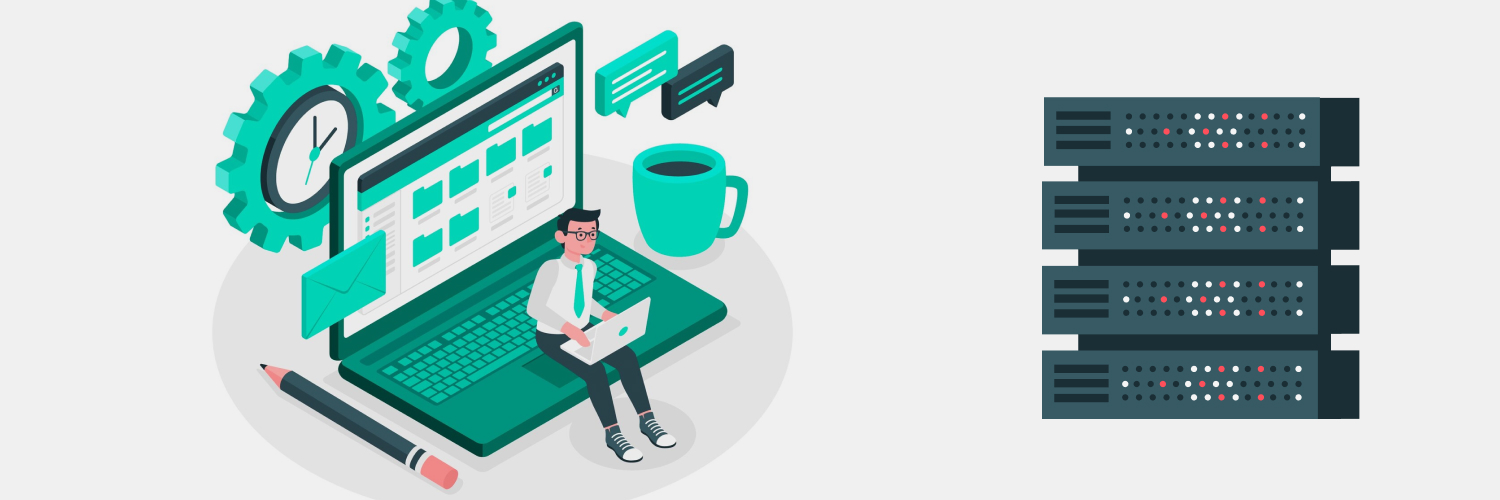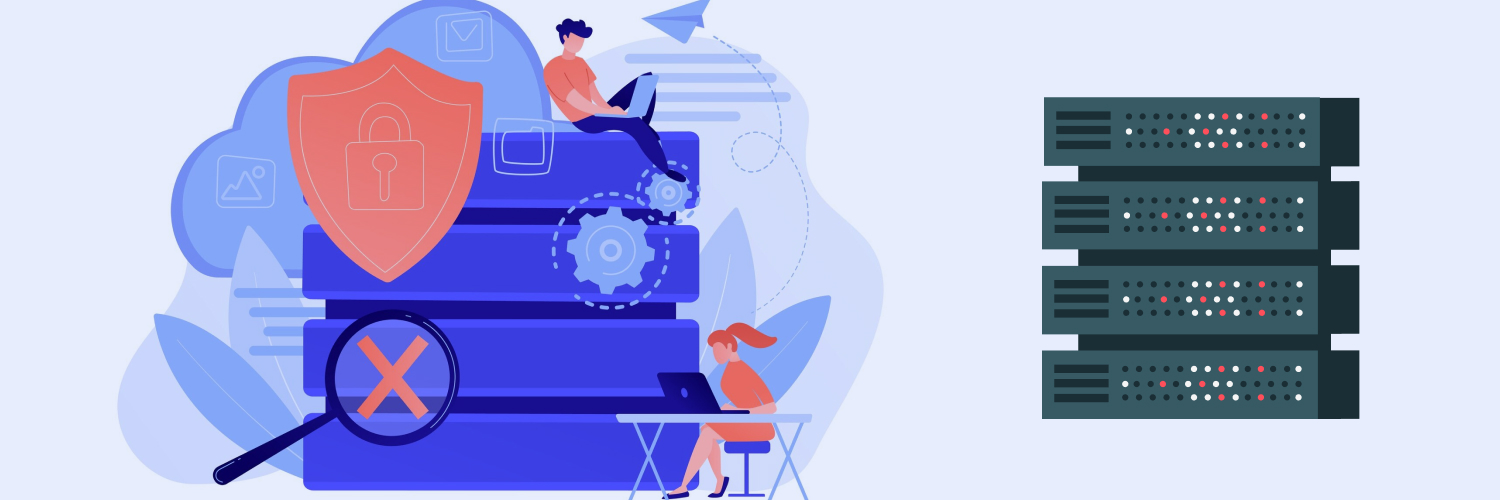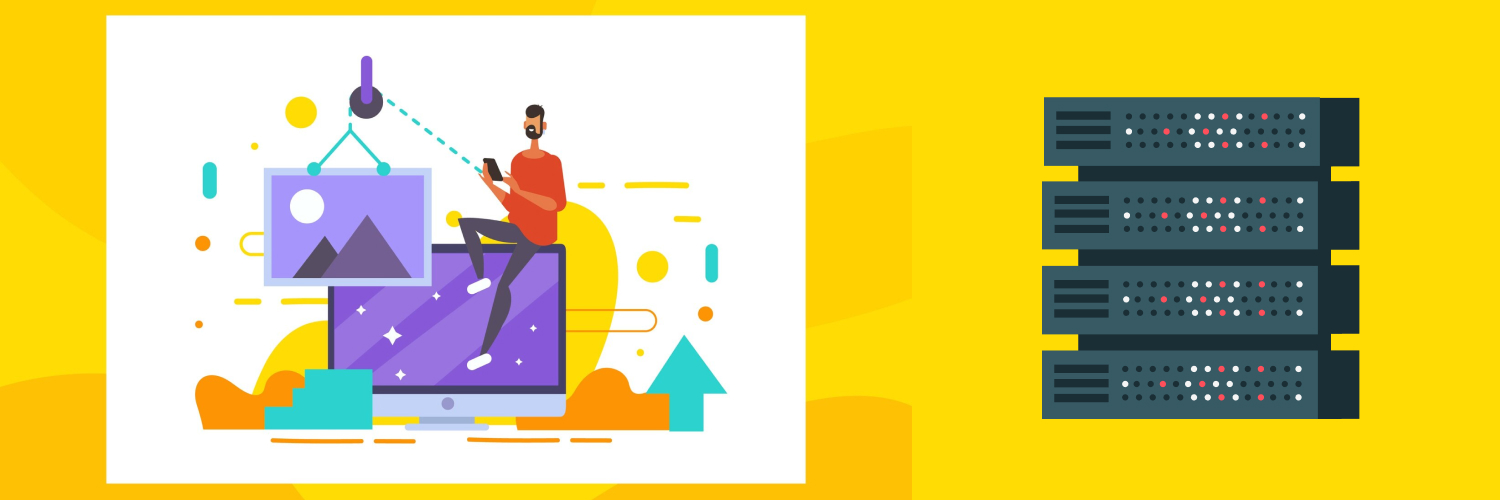Proxy API (What Is This Thing, And How Does It Work?)
Even if you’re experienced with handling proxies, the thought of using proxy APIs can be daunting. It doesn’t have to be, though. Whether you’re an old hand at programming APIs and configuring proxies or you’ve never worked with either in your life, proxy APIs can be a great tool. Why? Because they can save you from having to mess around behind the scenes in the first place.
Keep reading to learn everything you need to know about proxy APIs, the difference between proxy APIs and API proxies, and how implementing an API can streamline your proxy management.
What Are Proxy APIs?

There are two things you need to understand about proxy APIs. First, API stands for “Application Programming Interface.” APIs are interactive interfaces that connect computer programs. They’re great for simplifying communication between devices like phones and computers and servers where information is hosted.
There are thousands of ways you can use APIs. A typical example of an API is a third-party travel site. A platform like Expedia or Google Flights collects flight information from dozens of airlines. These sites interact with each airline’s API. The travel site sends a single request to the API with all the details of your planned trip to each site. The API then uses that information to ask the airline’s servers to perform a search and find the flights that match your request. Finally, the API sends a single response to the travel site full of the options that work.
APIs can also be use to manage proxies by providing an interface that offers simpler options that managing everything through your proxy dashboard. There are even proxy detection APIs that websites can implement to determine if you’re using a proxy.
Without APIs, every interaction between different programs would need to be individual. The travel site would need to request all flights on a specific date, then ask them to be filtered based on location, then on price, etc. That would take a lot more time, and the internet would be much less efficient.
Second, you should understand proxies. If you didn’t know, proxies are IP addresses that you can use to shield your own IP from the internet. You can use proxies to protect your IP address from bans, access websites that aren’t allowed in your country, or simply stay a little more anonymous.
A proxy API is an API that lets you manage your proxies without having to go to your actual proxy dashboard. A good API will let you manage and configure your proxies much more efficiently than manually changing every setting in the dashboard.
Why use proxy APIs?
One of the most common uses of an API for proxies is to add or exclude IPs, but you can do so much more. You can access your proxy services, their settings and even explore the traffic each proxy encounters. The best part of tbese APIs is that they provide clean, user-friendly interfaces, while many proxy dashboards do not. APIs are useful whether you’re comfortable with your skills handling computer code or not. A good API will help you avoid making mistakes or misclicking boxes in your proxy dashboard. Plus, proxies help you avoid doing more work than necessary. You can use a good API to accomplish everything from changing your proxy’s location to getting proxies in the first place.
What Is an API Proxy?

You may have heard about “proxy APIs” and “API proxies” and thought that they’re the same thing. Not quite! While they both use the same words, the order means they’re actually pretty different. We’ve gone over proxy APIs, so what is an API proxy?
The API proxy definition is very different. An API proxy is an API that acts as go-betweens for web applications and backend programs. It connects webpages to your servers and streamlines the communication process. Instead of having your webpage send 10 individual requests to your server, an API gateway proxy lets the page send one request. The API proxy then collects all ten pieces of information server-side and sends them back in a single package. This dramatically increases how fast the web application can operate.
Lots of APIs let you manage your proxies online through a web application. These kinds of proxy APIs are also a web API proxy. The terms aren’t interchangeable, but for web-based apps that manage proxy settings, they both refer to the same thing.
Types of proxy APIs
The APIs you can implement depend on the proxies you’re using. Proxies can use three different ports to work: HTTP, HTTPS, and SOCKS. Many APIs will only work with one type of port. If you’re using an HTTP proxy, you need to make sure that your API will actually work with HTTP. This means doing your research and taking the time to configure the API correctly.
APIs can also be divided into types based on who provides them. There are plenty of APIs that have been developed by third parties. These third-party APIs need to be set up and configured manually to work with your specific proxies.
The alternative is to use an API built by your proxy provider. These are known as first-party APIs, and they are guaranteed to work with the proxies you’re already using. All you need to do is follow your provider’s instructions to set them up.
API Proxy and Proxy API: How They Work

APIs make your life easier by letting you make an API call instead of doing work manually. An API call is a contact between the interface you’re using and the one you want to interact with. Basically, you tell the application to do something. The app then uses the API to ask the server to do something. The API is the messenger and brings the response back to the app.
APIs can only access and alter things that the destination server allows them to. If you want to adjust your proxy settings with an API, it needs to have full access to the proxy provider’s dashboard. An API without full permission to adjust your settings is worse than no API at all. You’ll still need to go to your proxy dashboard to make some changes even after you’ve gone through the work of setting up the API. The best case is when a host lets you control everything you need from the API.
What is API caching?
Advanced APIs don’t always need to go all the way to the server, though. These APIs will store copies of frequently accessed data “closer” than the server. Caches can be local (hosted on the device doing the search) or non-local (stored on a server that handles traffic going to and from the goal server). For proxy APIs, cached data may include things like your most recent settings, proxies, and results.
An excellent API will have a local cache of important information. With a cache on hand, your API calls will have lower latency. You’ll get your most recent settings with no delays, so you can make changes immediately.
How to call the API
Once you’ve set up your API, performing a call is simple. All APIs let you follow these steps:
- Open the API’s user interface
- Navigate to the call you want to make
- Provide necessary details, like what changes you want
- Click submit or call
Every API works a little differently. An excellent one will make API calls as simple as clicking a few buttons and pasting in an IP address. For example, the Proxy Pilot application allows you to manage your proxies with a clean and user-friendly interface, with no programming experience necessary.
Why an API Gateway Proxy Is Vital for Web Scraping

Proxy APIs are useful for far more than just generally managing proxies. They’re also a vital part of using proxies for specific purposes. For example, proxy APIs like that provided by Rayobyte can make your web scraping efforts easy.
Why? Because an web API proxy can help you keep your proxies configured when you’re putting them to heavy use. When you’re regularly performing web scraping, you’ll need to swap out proxies, get new ones, and test the proxies you’re using to make sure they work. APIs can help you perform all that and more.
For example, even the best web scraper will sometimes wind up with a blocked proxy. Blocks and bans can significantly slow down the scraping process, especially if you don’t have backups. The right API will let you request new proxies directly from your provider. Whether you’re using datacenter proxies or residential proxies, an API like Rayobyte provides will handle the entire replacement process.
APIs can even help you rotate your proxies. The best way to avoid burning through proxies is to swap them out regularly. The best APIs can handle the rotation process automatically by sending API calls to the proxy dashboard at regular intervals, so you never use one IP address for too long.
In Summary

APIs are the perfect tool for managing proxies quickly and efficiently. You can access your proxies without ever needing to log into your dashboard. Even better, the API protects you from making mistakes.
Don’t force yourself to do things the hard way. When you’re working with proxies, use an API. You can be as efficient as possible with the industry-leading API provided by Rayobyte.
The information contained within this article, including information posted by official staff, guest-submitted material, message board postings, or other third-party material is presented solely for the purposes of education and furtherance of the knowledge of the reader. All trademarks used in this publication are hereby acknowledged as the property of their respective owners.





